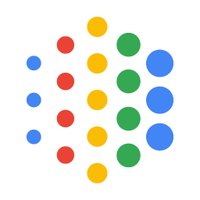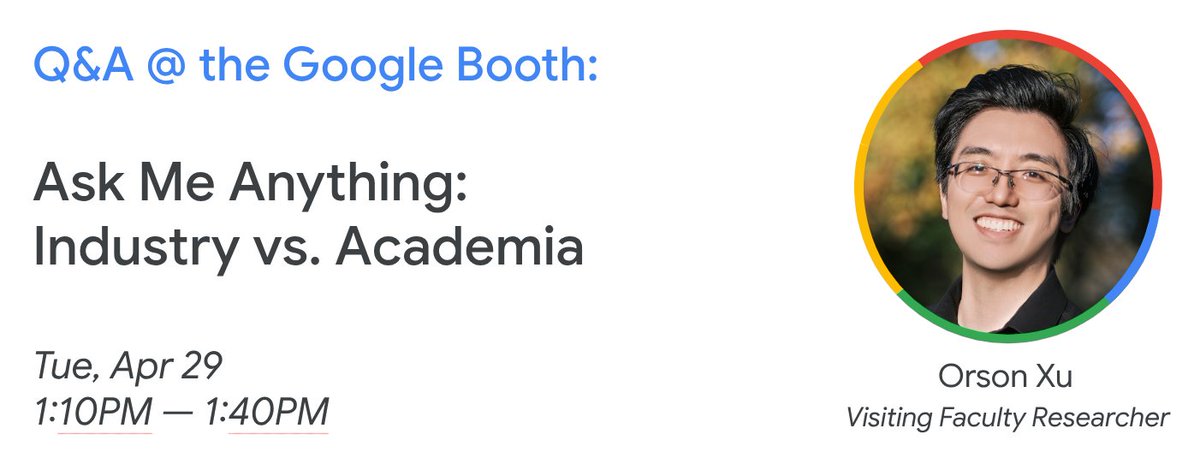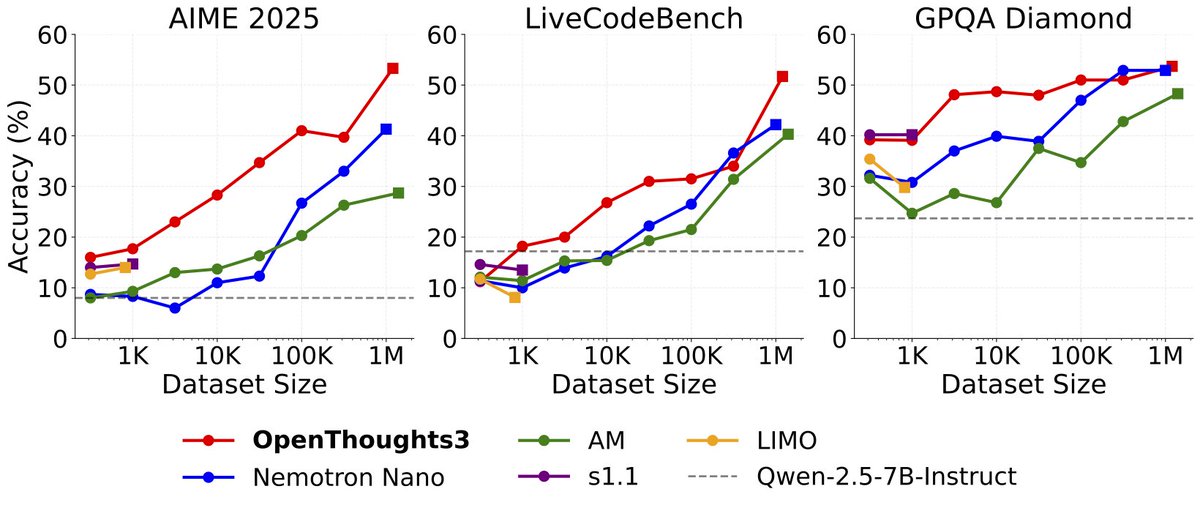
Cyrus Rashtchian
@cyrusrashtchian
Research Scientist @GoogleAI working on Machine Learning, Theory + Practice, Robustness, and beyond (he/him)
ID: 1210312444221935616
http://www.cyrusrashtchian.com 26-12-2019 21:32:38
607 Tweet
1,1K Followers
457 Following





📣Thrilled to announce I’ll join Carnegie Mellon University (CMU Engineering & Public Policy & Language Technologies Institute | @CarnegieMellon) as an Assistant Professor starting Fall 2026! Until then, I’ll be a Research Scientist at AI at Meta FAIR in SF, working with Kamalika Chaudhuri’s amazing team on privacy, security, and reasoning in LLMs!



In 2022, with Yong Zheng-Xin (Yong) & team, we showed that models trained to follow instructions in English can follow instructions in other languages. Our new work below shows that models trained to reason in English can also reason in other languages!




LLM often struggle to figure out if they have enough context to answer a question or abstain. And using RAG can cause further confusion, as irrelevant information can put the model off. I spoke to Cyrus Rashtchian on "sufficient context," a new technique to figure out whether



Here is my 2 hour long workshop i just finished at the AI Engineer World's fair. This is all you need to know to learn on how to use Gemini 2.5! It is beginner friendly from getting your first API key to multimodality, function calling and MCP. 🆓 Completely free - runs












